Tighten routes in heavily polluted big cities
According to the Environmental Protection Report of the Ministry of Agriculture and Environment (MARD), out of 11 cities assessed, 9 cities had the number of days with air pollution exceeding the allowable threshold, of which Hanoi and Ho Chi Minh City were the two localities with the highest pollution frequency. In 2024, Hanoi recorded at least 4 episodes of heavy air pollution, mainly concentrated from October to March of the following year... In early 2025, the pollution situation continued and showed no signs of abating.
According to statistics from the Ministry of Public Security , by the end of 2024, the country had about 50 million motorbikes in circulation, of which about 70% were used for more than 10 years. Meanwhile, private cars and trucks are increasing rapidly in large cities. One of the main causes of urban air pollution is emissions from motor vehicles, especially old, dilapidated vehicles that are not regularly checked.
Implementing the direction of the Government and the Prime Minister , the Ministry of Agriculture and Rural Development is widely consulting on the draft National Technical Regulation on emissions of road motor vehicles (QCVN) and the draft Decision of the Prime Minister regulating the roadmap for applying emission levels for automobiles, motorbikes and scooters participating in traffic.
Regarding QCVN, the draft establishes limits for two main parameters, Carbon Monoxide (CO) and Hydrocarbon (HC), divided by engine type and age. Each emission level from level 1 to level 4 represents an increasing level of control. This standard will be the basis for implementing periodic emission inspections, gradually eliminating old, high-emission vehicles from the urban transport system.
Accordingly, cars are divided into emission levels from 1 to 5 (highest level), including: Cars manufactured before 1999 must meet emission level 1; cars manufactured from 1999 to 2016 must meet emission level 2; cars manufactured from 2017 to 2021 must meet emission level 3 (from January 1, 2026); cars manufactured from 2022 must meet emission level 4 (from January 1, 2026) and emission level 5 (from January 1, 2028). Particularly in Hanoi and Ho Chi Minh City, the draft regulations stipulate a tighter roadmap. Cars manufactured from 2017 must meet emission level 4 from January 1, 2026 and cars from 2022 onwards must meet emission level 5 from January 1, 2027.
Motorcycles and scooters, the most numerous vehicles, are also specifically grouped by year of manufacture. The draft sets the date for implementing motorcycle and scooter emission inspections from January 1, 2027 in Hanoi and Ho Chi Minh City; from January 1, 2028 in Hai Phong, Da Nang, Can Tho, Hue; and from January 1, 2030 nationwide.
Removing many "bottlenecks"
Draft policies on vehicle emissions testing show Vietnam’s efforts to concretize its commitments to reduce greenhouse gas emissions, improve air quality, and meet international environmental standards. Many environmental experts believe that controlling traffic emissions is the key to improving air quality.
According to the Ministry of Agriculture and Environment, to ensure convenient implementation, the authorities are coordinating with ministries, branches and enterprises to organize the socialization of the inspection system, including emissions inspection, in line with the trend of sustainable development. As Mr. Hoang Van Thuc, Director of the Department of Environment, Ministry of Agriculture and Environment affirmed: "We are receiving comments from ministries, branches, experts, enterprises and people to complete the draft. The goal is to build a highly feasible regulation when applied, contributing to improving the quality of the living environment and ensuring the highest goal of protecting people's health".
However, for the motorbike emission inspection policy to be put into practice, there are still many "bottlenecks" that need to be removed, such as costs, changes in awareness and behavior, inspection infrastructure, monitoring mechanisms and sanctions after the regulations are issued... Specifically, for many low-income people, even the inspection fee can be a barrier. Many people have been accustomed to owning and using motorbikes without emission inspection for decades. Without strong and continuous communication campaigns and specific incentives, the policy can easily fall into a situation where "there are laws but people do not know". Meanwhile, some localities also have specific regulations, for example, Hanoi has additional regulations on low emission zones - where vehicles must meet stricter technical standards to be allowed to circulate.
The issue of monitoring and sanctions after the regulations are issued also needs to be clarified. Opinions suggest that it is necessary to soon research and integrate emission inspection information into the national data system VNeID to support the inspection of vehicle origins, preventing fraudulent vehicle registration. In particular, there needs to be a control mechanism for vehicles from other localities circulating in areas where emission inspection has been implemented.
Overall, to effectively control emissions, Vietnam needs a consistent political determination from the central to local levels, along with a strict system of technical standards and a reasonable implementation roadmap. When localities proactively develop a roadmap and implement it early, emission testing can become a turning point in the pollution reduction strategy, towards sustainable transport development.
Source: https://baophapluat.vn/xac-dinh-lo-trinh-kiem-dinh-khi-thai-phuong-tien-giao-thong-post551964.html




![[Photo] Deep sea sand deposits, ancient wooden ship An Bang faces the risk of being buried again](https://vphoto.vietnam.vn/thumb/1200x675/vietnam/resource/IMAGE/2025/11/13/1763033175715_ndo_br_thuyen-1-jpg.webp)



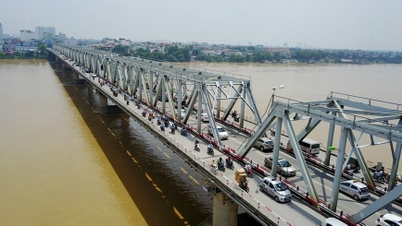

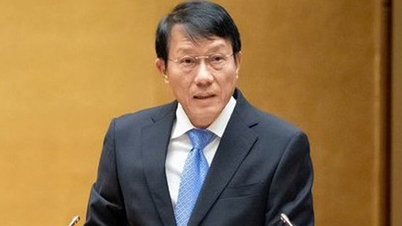

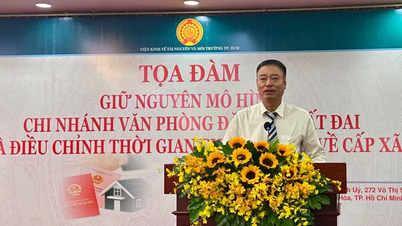




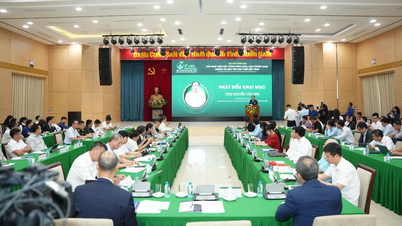
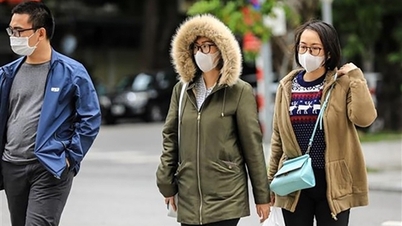





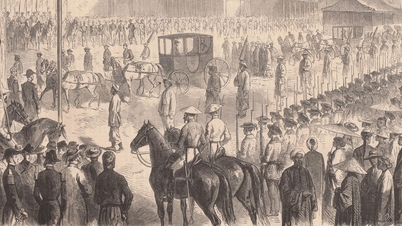







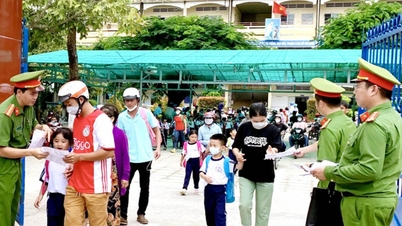

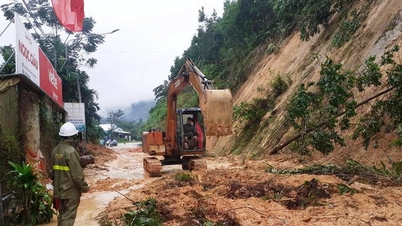

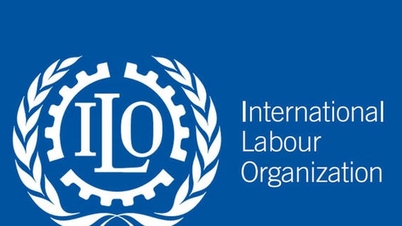















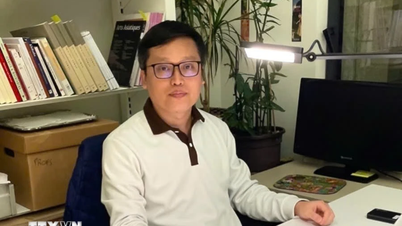












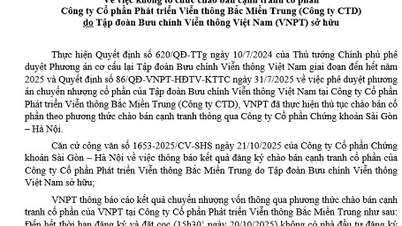















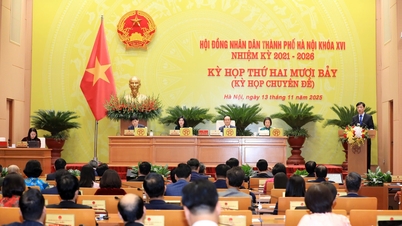

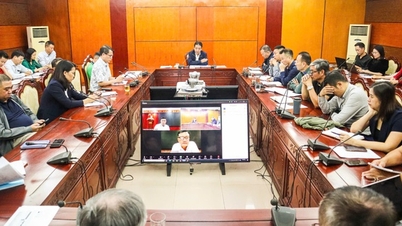

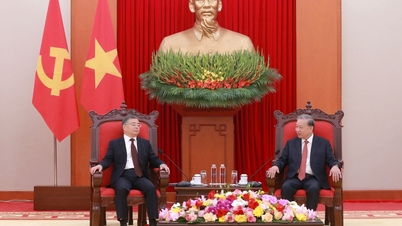
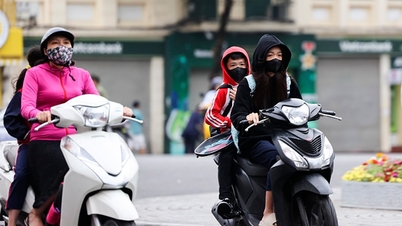














![Dong Nai OCOP transition: [Article 3] Linking tourism with OCOP product consumption](https://vphoto.vietnam.vn/thumb/402x226/vietnam/resource/IMAGE/2025/11/10/1762739199309_1324-2740-7_n-162543_981.jpeg)




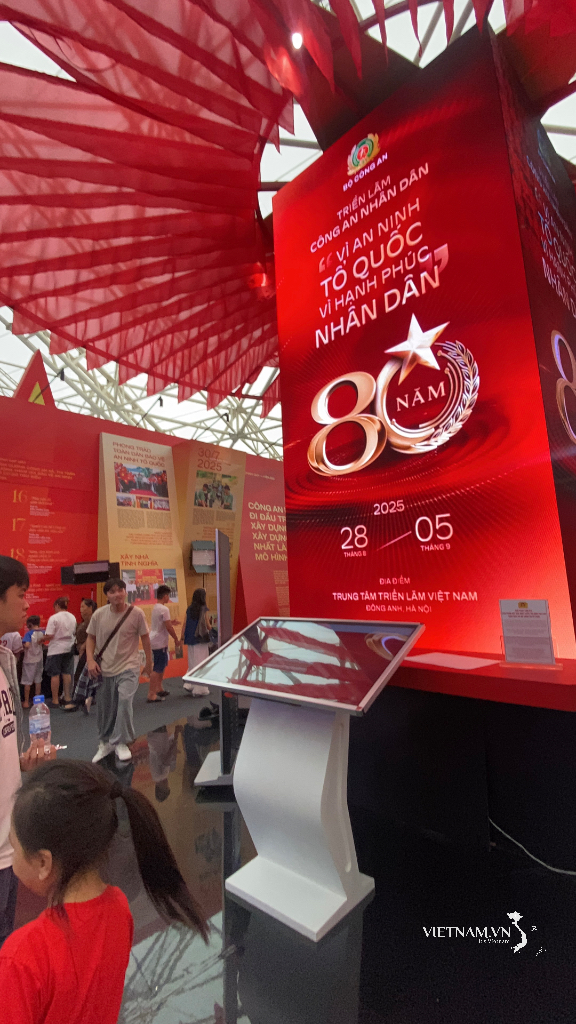


Comment (0)